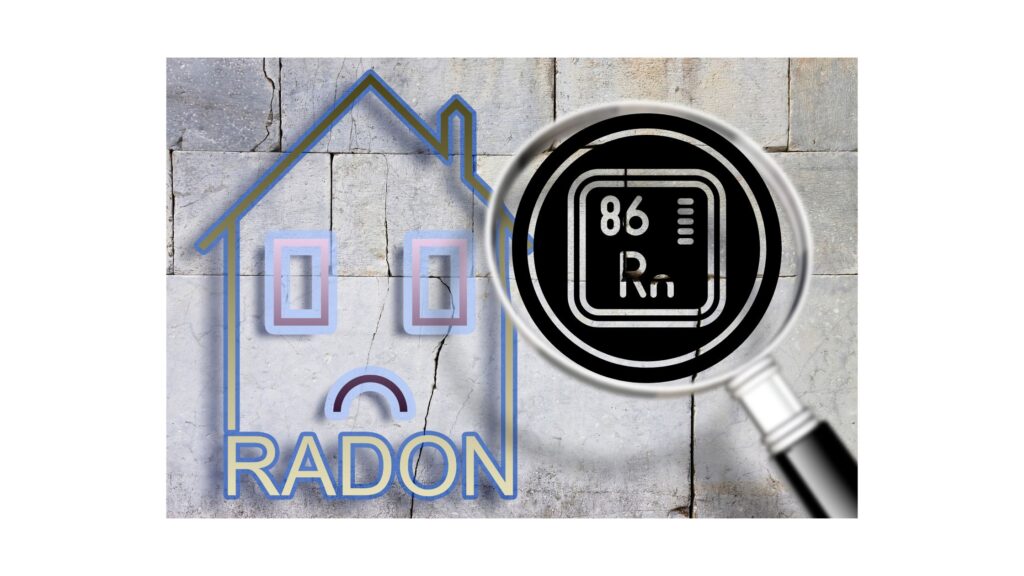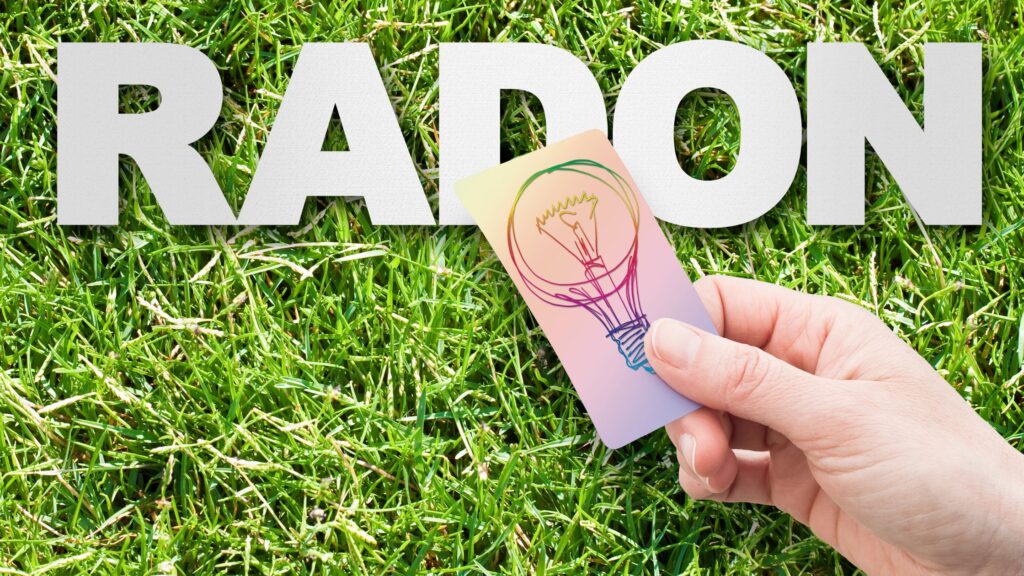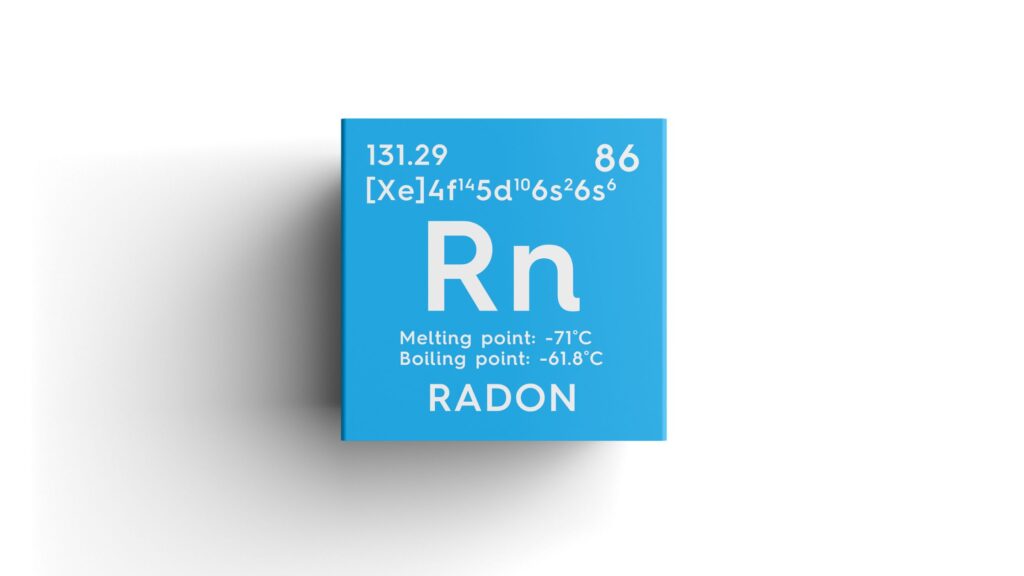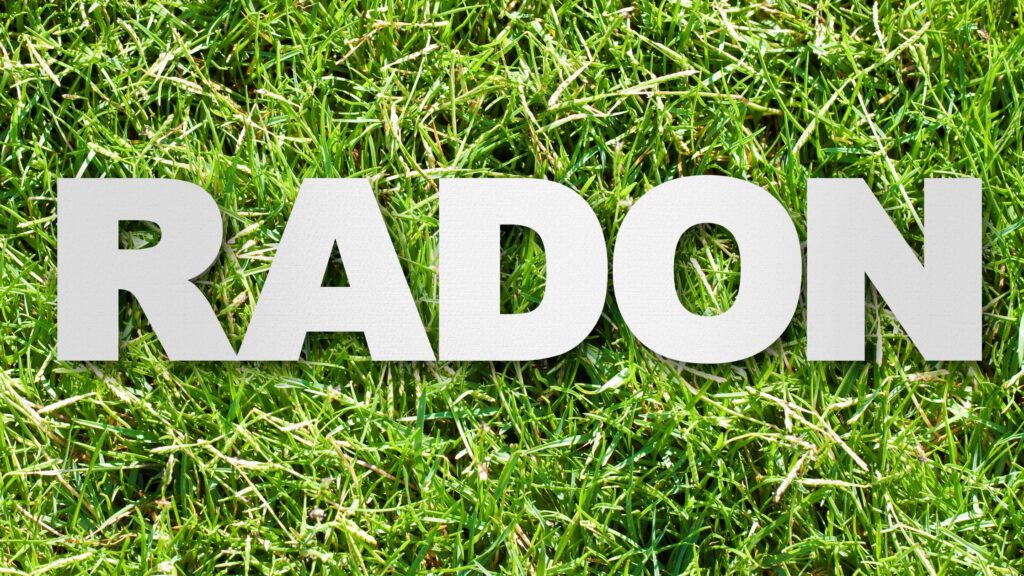Radon gas is a hidden danger found in many homes across the United States. You can’t see it or smell it, but it’s still harmful. In fact, radon is the second leading cause of lung cancer, right after smoking. That’s why learning about active radon mitigation is so important. It helps reduce radon levels and makes your home safer to live in. In this article, we’ll explain what active radon mitigation is, why it’s important, and how you can use it to protect your family and your indoor air quality.

Table of Contents
- Why Radon Mitigation Matters
- Passive vs. Active Radon Mitigation
- Understanding Active Radon Mitigation
- Key Components of Active Radon Mitigation Systems
- Benefits of Choosing Active Radon Mitigation
- Steps to Implement Active Radon Mitigation
- Maintaining Your Active Radon Mitigation System
- Conclusion
Why Radon Mitigation Matters
Radon exposure can greatly increase the risk of lung cancer, especially for people who smoke. According to the Environmental Protection Agency (EPA), radon is linked to about 21,000 lung cancer deaths each year in the U.S. If the radon level in your home is higher than 4 picocuries per liter (pCi/L), it’s important to take action right away. Using active radon mitigation is one of the most effective ways to lower those levels and protect your family’s health. Learn more about radon mitigation.
Passive vs. Active Radon Mitigation
Many homeowners first hear about passive radon mitigation, which usually involves sealing cracks and improving airflow. While these methods can help, they often aren’t enough to bring radon levels down to a safe range, especially in homes with high radon levels. That’s where active radon mitigation comes in. This method uses special equipment, like fans and pipes, to pull radon gas from under your home’s foundation and release it safely outside. It provides reliable and consistent radon reduction, making your home much safer in the long run.
Understanding Active Radon Mitigation
Active radon mitigation works by using a fan and vent pipe system that’s installed under the foundation or in a crawl space. The fan creates suction that pulls radon gas out of the soil before it can enter your home, then safely vents it above the roof. This setup keeps radon out of your indoor air.
What makes active radon mitigation even more effective is that it works around the clock. Many systems include monitoring tools that help track how well the system is performing. That way, professionals can make sure everything is working properly and keeping radon levels low.
Key Components of Active Radon Mitigation Systems
A well-designed active radon mitigation system includes several key parts that work together to keep your home safe:
a) Sub-slab or sub-membrane depressurization
These techniques involve placing suction points under a concrete slab or under a plastic sheet in crawl spaces to pull radon gas from the soil.
b) Vent pipe
This sturdy pipe runs from the suction point up through the house and releases radon safely above the roofline.
c) Radon fan
This is the main component of the system. The fan actively draws radon gas through the pipe and out of the home.
d) Sealing materials
Sealing cracks and openings in the foundation helps the system work better by reducing places where radon can enter.
When all these components work together, active radon mitigation systems remove radon continuously and help improve the air quality inside your home.

Benefits of Choosing Active Radon Mitigation
Homeowners benefit in numerous ways by opting for active radon mitigation:
- Effectiveness: Active systems significantly reduce radon levels, often by 99% or more.
- Reliability: Continuous operation ensures consistent radon removal.
- Safety: Removing radon from beneath the home prevents harmful gas from accumulating indoors.
- Peace of mind: Monitoring systems alert homeowners to any malfunctions, allowing quick maintenance.
- Property value: Homes with certified radon mitigation often see increased market value.
In summary, active radon mitigation provides a long-term solution to radon risks that passive methods cannot guarantee.
Steps to Implement Active Radon Mitigation
Implementing active radon mitigation involves several critical steps, best handled by trained professionals:
- Radon testing: Confirm radon levels with professional testing using EPA-approved devices.
- Assessment: Inspect your home to determine the best mitigation method based on foundation type and radon entry points.
- System design: Customize an active radon mitigation system suited for your home’s structure and radon levels.
- Installation: Install the vent pipe, fan, and sealing materials carefully following industry standards.
- System testing: Verify system operation and radon reduction immediately after installation.
- Monitoring: Set up continuous radon level monitoring to ensure system effectiveness over time.
Following these steps guarantees that your active radon mitigation system performs optimally and keeps your indoor air safe.
Maintaining Your Active Radon Mitigation System
To sustain its effectiveness, your active radon mitigation system requires regular maintenance:
- Annual inspections: Have a certified radon professional inspect the fan and vent pipe yearly.
- Fan replacement: Fans typically last 5-10 years; replace promptly when performance declines.
- Seal repairs: Address any new foundation cracks or leaks to prevent radon reentry.
- System monitoring: Use continuous radon monitors or test kits regularly to confirm low radon levels.
By maintaining your system proactively, you protect your home’s occupants and maximize your investment.

Conclusion
Radon is a silent but serious health risk that can go unnoticed in many homes. Thankfully, active radon mitigation provides a reliable and effective way to reduce radon levels and protect your loved ones. By installing a properly designed system, you ensure that radon gas is continuously removed, your indoor air stays clean, and you gain lasting peace of mind.
If you’re looking for trusted professionals to handle radon testing or active radon mitigation, turn to the experts at DSM Radon. Their experienced team delivers customized solutions to help you create a safer, healthier home environment.





